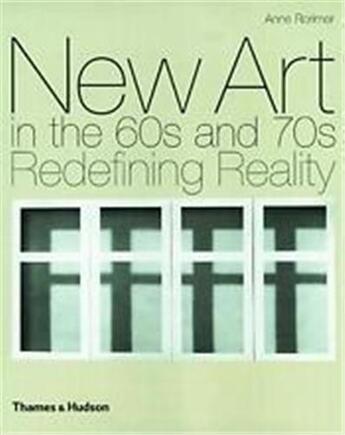-
Nombre de pages : (-)
-
Collection :
(-)
-
Genre :
(-)
-
Thème :
Non attribué
-
Prix littéraire(s) :
(-)
Résumé:
By the end of the 1960s a revolution had taken place in the perception and practice of art in Europe and North America. The cultural and political context for this change reflected the desire for social transformation expressed in clashes with authority, such as the protests against the Vietnam... Voir plus
By the end of the 1960s a revolution had taken place in the perception and practice of art in Europe and North America. The cultural and political context for this change reflected the desire for social transformation expressed in clashes with authority, such as the protests against the Vietnam War, that signalled a counterculture's defiance of established values. This book, the first detailed account of developments centred around the conceptual art movement, highlights the main issues underlying visually disparate works dating from the second half of the 1960s to the end of the 1970s. These works questioned the accepted categories of painting and sculpture by embracing a wealth of alternative media and procedures. Traditional two- and three-dimensional representations were supplanted by a variety of linguistic and photographic means, as well as by work that rejected the creation of objects in favour of installations that brought in to play the importance of presentation and site.
Through close examination of individual works and artists, Anne Rorimer demonstrates the pervading desire to redefine the characteristics of what was once accepted as truly visual, in order to dispel earlier assumptions and to offer other criteria for seeing. With informed insight and penetrating analysis, she surveys the most prominent names and movements in the art of the late 1960s and 1970s to form a coherent picture of an era of pioneering art that prefigured many of the themes and concerns of today.
Donner votre avis














